Creating prototypes is a crucial step in the product development process. They serve as tangible representations of your ideas. But do they have to work, and how well? This question often perplexes inventors and entrepreneurs when working to develop a prototype of their invention idea, but the answer isn’t a simple yes or no.
The importance of a prototype’s functionality depends on various factors, such as its purpose and which stage in the development process you have reached. Prototypes shed light on the feasibility of product ideas by helping inventors understand if their idea works and is desirable enough to draw attention from consumers.
As such, taking all of the necessary steps to develop a high-quality prototype is critical.
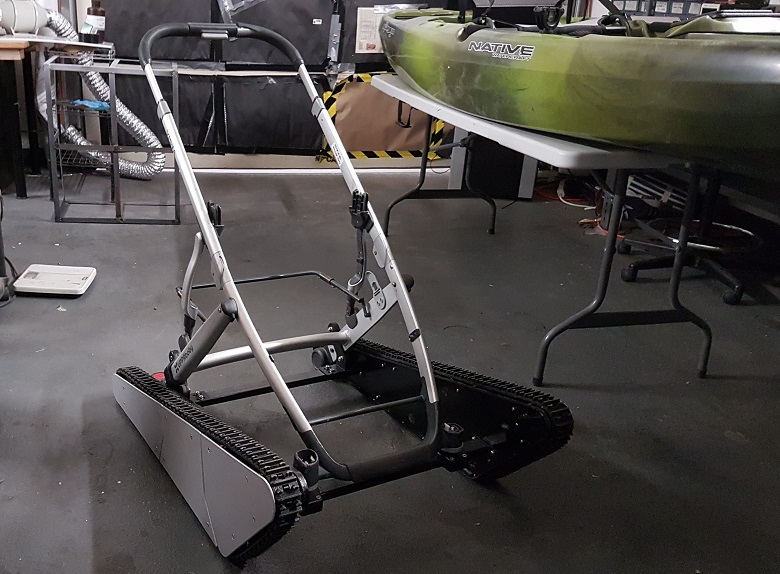
Developing a prototype can be a lengthy process, but it ultimately benefits everyone. In this comprehensive guide, we will delve into the significance of prototyping, detail the various types of prototypes, as well as prototyping tips, and explore scenarios where building a working prototype is paramount.
What is a Prototype?
A prototype is a preliminary version or scaled-down sample of an ideated product that allows you to visualize, test, and refine your concept prior to full-scale production. It’s a physical manifestation of your idea, bridging the gap between design and execution. Prototypes serve several essential functions in product development:
- Visualization: Prototypes provide a visual representation of your product, helping you better understand the efficacy of its design and its functionality.
- Testing: They enable you to evaluate product performance, identify flaws, and structure improvement plans.
- Communication: Prototypes bolster communication processes with stakeholders, team members, and potential investors by offering something concrete.
- Cost Reduction: Identifying and rectifying issues in the prototype phase can save substantial costs in the long term.
What’s the difference between a prototype and a final product?
The difference between a prototype and a final product lies in their intended purpose. A prototype is a preliminary model used primarily for design validation and testing. It is not meant for mass production or commercial use. In contrast, the final product is the fully functional, market-ready version of your initial product concept.
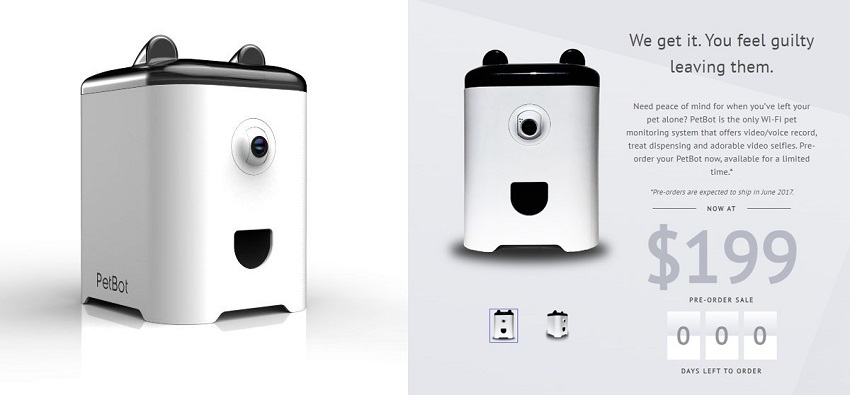
Additionally, the final product is optimized for production efficiency, cost-effectiveness, and user experience. This ensures that your concept evolves into a must-have that can be easily scaled for mass production and successfully resonates with consumers.
The difference between a prototype and a final product can be as close as you want it to be as an inventor. There are, however, physical design factors to consider, including the materials used, the building process, and verification.
Materials:
The materials used can differ greatly between a prototype and the final product because of the nature of product development. Many inventors ask, “Does a prototype have to work?” The answer to this depends on the desired primary function(s) or purpose of your product idea.
Building Process:
The building process of a prototype is far different from that of a final product, as a final product has gone through multiple testing stages and adjustments in terms of form and function.

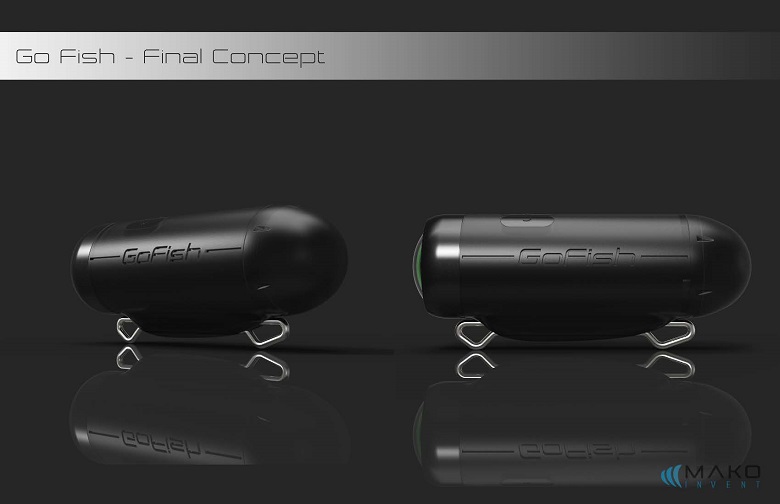
Validation:
Validating your prototype through hypothesis testing ensures that you’ve accounted for all potential errors in the design process prior to the product’s introduction to the marketplace. It’s an integral stage as it forces the inventor and manufacturer to consider all angles. As such, hypothesis testing is critical.
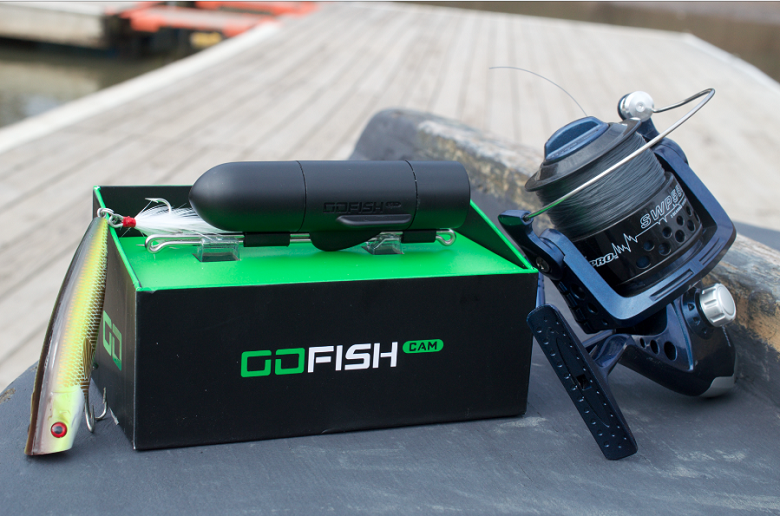
Should a Prototype be Perfect?
The proximity to perfection a prototype is positioned at also hinges on its intended purpose and the stage of development. For instance, a prototype in the early concept stage may not be as polished if its primary function is to explore different design options or reveal flaws that need to be addressed.
As you progress through the product development stages, the performance level expected from a prototype increases. When presenting to investors or stakeholders, a prototype should ideally reflect a high degree of functionality and aesthetic consideration. In these situations, it’s essential to demonstrate that your concept works effectively and is capable of garnering interest from your target demographic.
The goal is to balance the required level of functionality with the resources and time you have available, whether that be rapid prototyping or a longer period from conception to market. Creating a highly polished and fully functional prototype can be costly and time-consuming. Therefore, it is best to align the prototype’s level of perfection with your project’s objectives.
Types of Prototypes
There are several types of prototypes, each serving a distinct purpose in the product development process. Here are three common types:
Alpha
The alpha prototype is the initial version of your product, typically created in-house after the product validation stage. It focuses on testing the core functionalities and identifying design or engineering challenges. The alpha prototype is often not aesthetically driven but it does help verify the product’s fundamental features.
Beta
The beta prototype is a more refined version of the alpha prototype. It incorporates improvements and design changes based on the findings from the alpha stage. Beta prototypes may be tested by a select group of users to gather valuable feedback.
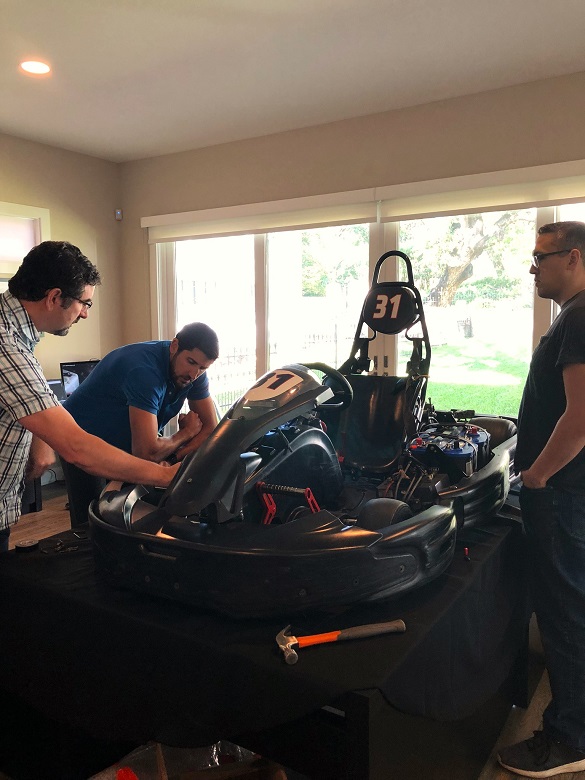
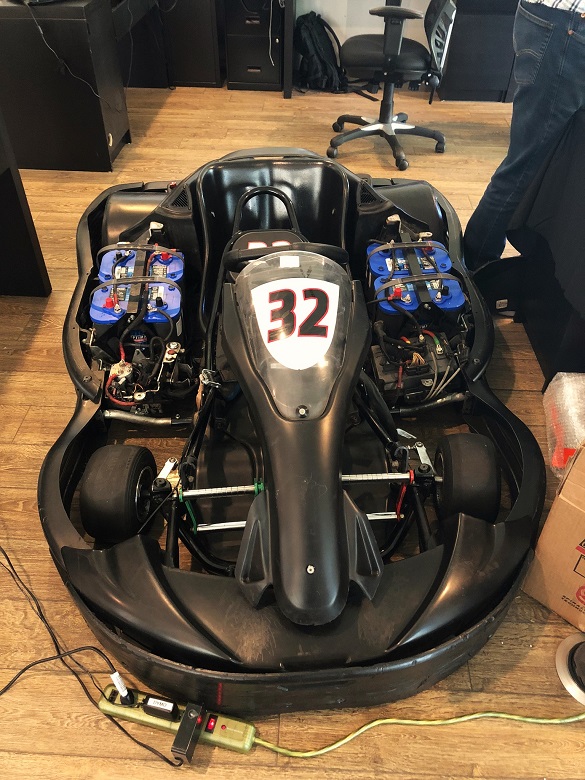
Production
The production prototype is the closest representation of the final product. It is built using the same materials, processes, and technology intended for mass production. This type of prototype is all about ensuring the product can be efficiently and consistently produced on a large scale.
Prototyping: Frequently Asked Questions
When does a prototype have to work?
The need for a functional prototype varies in different stages of product development. Here are some situations that require a working prototype:
- Functional prototypes are vital when pitching to investors, as they demonstrate a concept’s viability and boost credibility.
- For user-centric products, a working prototype is essential for user testing to ensure your product meets their needs.
- Industries with strict regulations, like healthcare and aerospace, require functional prototypes for regulatory approvals.
- Assessing innovative manufacturing methods relies on working prototypes due to limited testing.
- Market testing benefits from functional prototypes as it allows for an advanced understanding of user acceptance.
In earlier stages, such as concept exploration, functionality is less critical. Thus, focusing on refining the design and identifying flaws is prioritized.
Is a prototype a working model?
Yes, a prototype can be a working model, but not all prototypes need to be fully functional. The level of functionality in a prototype depends on its purpose and the stage of development. Some prototypes may exist solely for testing form and appearance, while others must demonstrate complete functionality.
What makes something a prototype?
A prototype is an early model or representation of a product or concept. It serves to test and evaluate design, functionality, and concepts. A key feature of a prototype is its capacity to evolve and improve based on feedback and testing. It may or may not be fully functional, depending on its purpose.
How much does it cost to make a prototype?
The cost of creating a prototype varies based on factors such as product complexity, materials, technology, detail level, and professional expertise. Generally, the cost will span from a few hundred to a couple thousand dollars. Simple prototypes are naturally less expensive, while advanced ones with complex features or electronic components incur higher costs.
Prototyping is an investment. It offers insight, allows for the collection of feedback, and provides the opportunity to attract investors. Collaborating with a prototype designer or company will help you determine accurate costs based on your project’s unique needs.
Final Notes
In summary, whether or not a prototype needs to work depends on its intended purpose and the stage of development you are at. The level of perfection required should align with your project’s goals, resources, and timeline. Prototypes play a vital role in product development by helping you visualize, test, and refine your ideas, ultimately leading to the creation of an exceptional market-ready product.
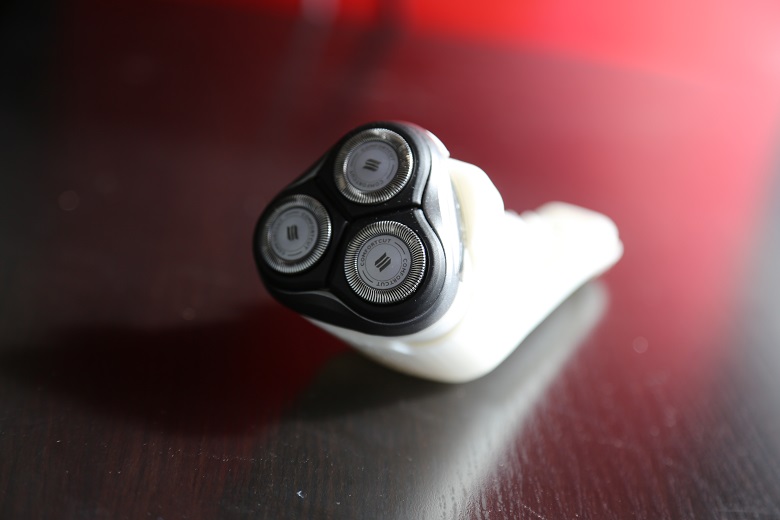
Check out the wide range of prototype development services MAKO Design + Invent offers. If you have an idea that you are committed to realizing, contact us today! For more prototyping tips, explore the wide range of informational articles published on our blog.
About: MAKO Design + Invent is the original firm providing world-class consumer product development services tailored to startups, small manufacturers, and inventors. Simply put, we are the leading one-stop-shop for developing your physical product from idea to store shelves, all in a high-quality, cost-effective, and timely manner. We operate as one powerhouse 30-person product design team spread across 4 offices to serve you (Austin, Miami, San Francisco, & Toronto*). We have full-stack in-house industrial design, mechanical engineering, electrical engineering, patent referral, prototyping, and manufacturing services. To assist our startup and inventor clients, in addition to above, we help with business strategy, product strategy, marketing, and sales/distribution for all consumer product categories. Also, our founder Kevin Mako hosts The Product Startup Podcast, the industry's leading hardware podcast. Check it out for tips, interviews, and best practices for hardware startups, inventors, and product developers. Click HERE to learn more about MAKO Design + Invent! *NOTE: Engineering services are provided exclusively by our USA-based engineering team







